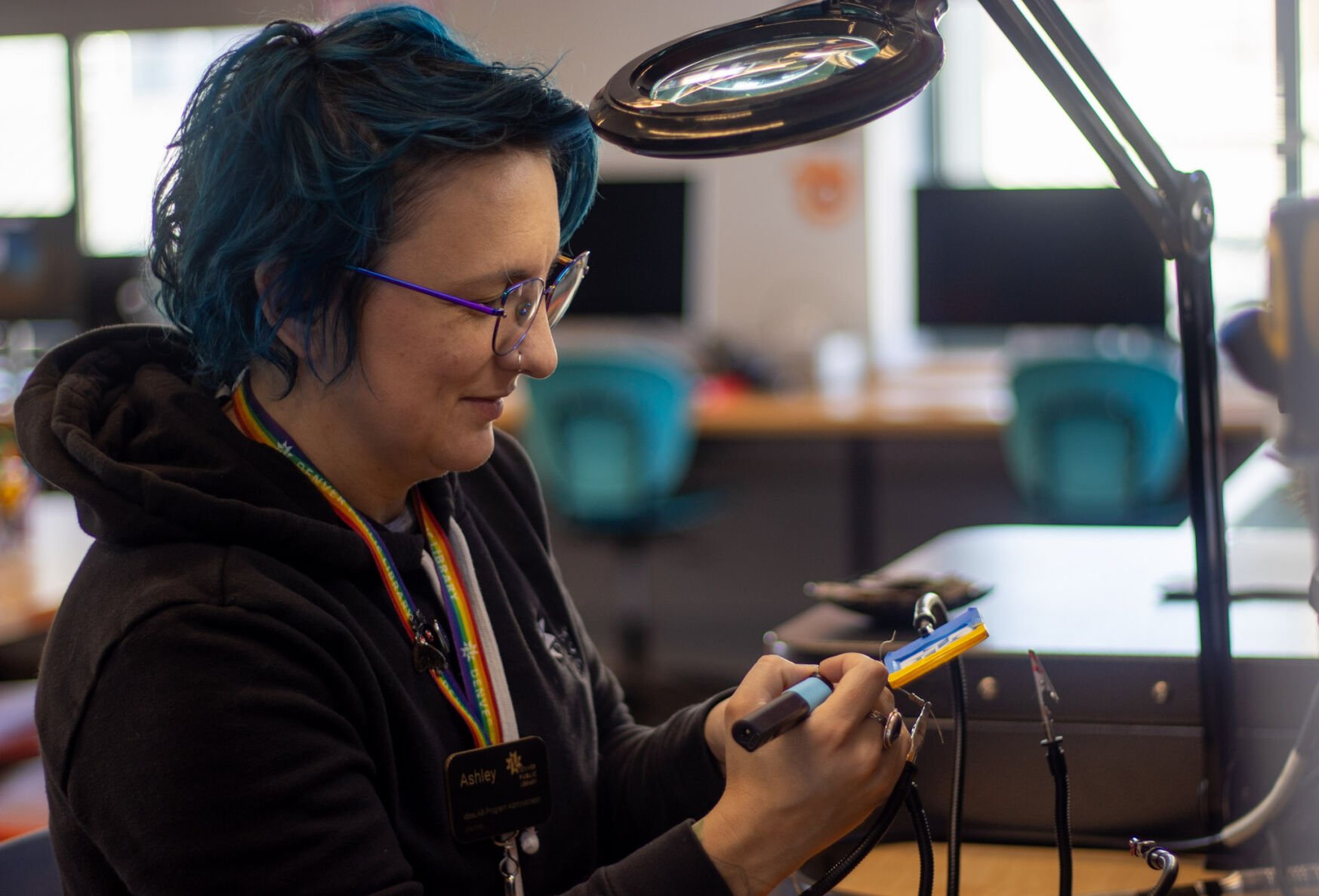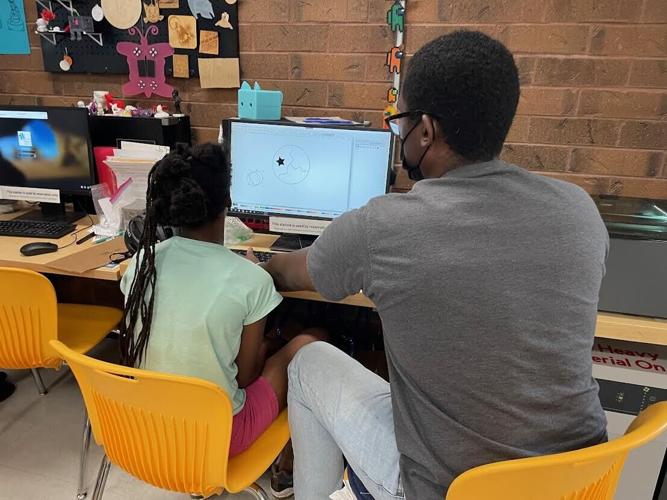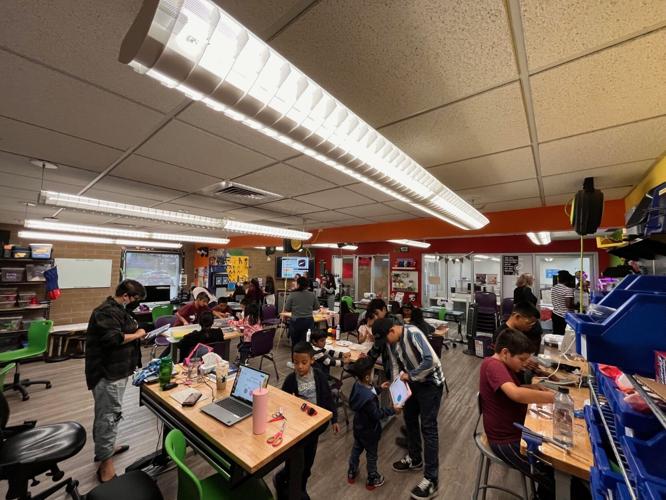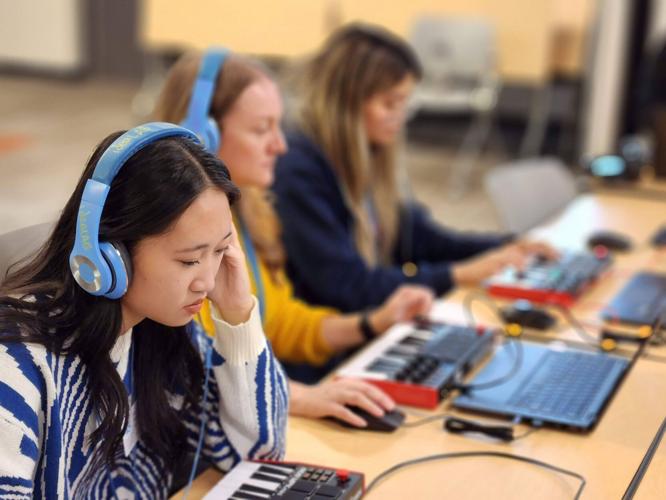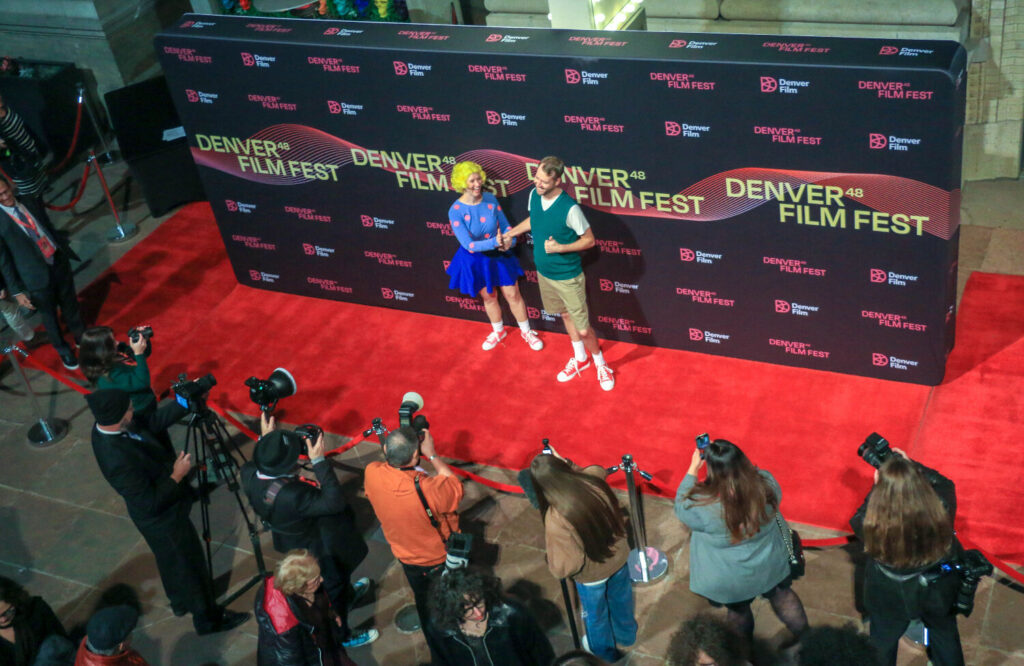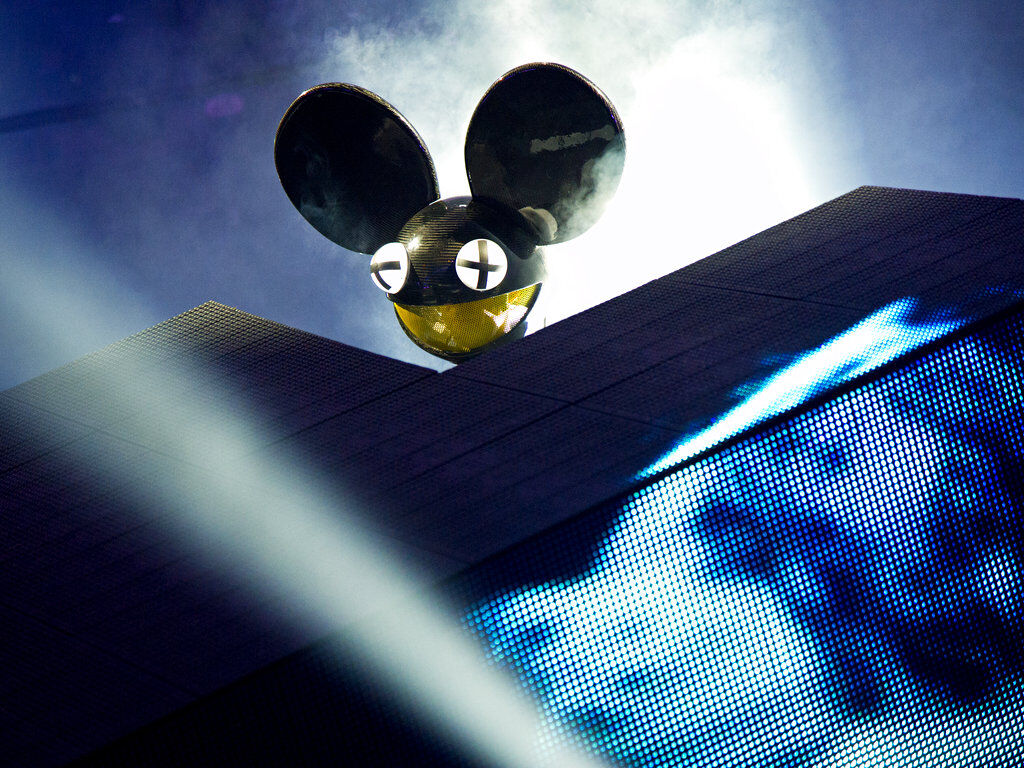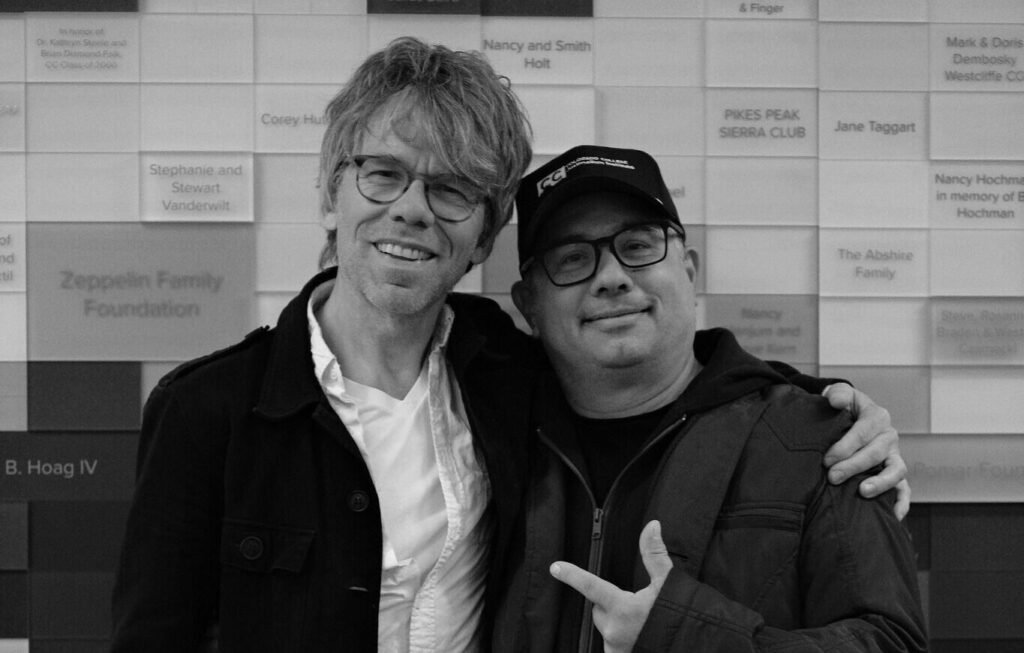Denver Public Library’s bright ideaLABs create community
Public libraries — once quiet bastions of books, readers and shushing librarians — offer much more these days.
Six Denver Public Library (DPL) branches operate ideaLAB maker spaces, which are open and free-of-charge to the public. Located throughout the Mile High City, ideaLABs are equipped with a variety of tools, machines and materials available for creative projects.
Within the brightly painted walls of the ideaLAB downtown at the DPL Central branch, customers can use a 3-D printer or laser cutter, a recording studio, sewing machines, an array of art supplies or computers loaded with the Adobe Creative Cloud suite.
“Central has the whole package,” said Ashley Kazyaka, ideaLAB program administrator since 2021, and on the DPL staff since 2016. “Spaces like this are a trend nationally, and we were very much at the forefront.”
To use ideaLAB equipment or materials, customers — for the most part — don’t even need a library card. Though, naturally, librarians encourage everyone to have a library card.
ideaLABS inspire customers of all ages
Trained as a librarian, Kazyaka holds a master’s degree in library information sciences, yet she emphasizes that her job at the ideaLAB focuses on people. Customers of all ages use ideaLABS, which also host groups of students, Girl Scouts, kids from the Jewish Family Center or the city’s recreation centers. The majority of makers, however, drop in individually or as a family.
The first ideaLAB opened in the first quarter of 2013: “Originally, it was just for teens and tucked away, easy to overlook,” Kazyaka said. “Not shockingly, given that we had Photoshope and a recording studio, adults wanted to use the lab, too. Especially the recording studio: It’s very rare for that to be a free resource.”
ideaLABS encourage creativity
To inspire patrons who can’t make it to an ideaLAB, DPL website links instruct guests interested in DIY at home projects such as bookbinding, watercolors, rock painting, paperboard mosaics, macramé plant holders and dry-point printmaking.
The makers make Kazyaka happy in her work.
“I love it,” Kazyaka said. “Every day is a little different, and my very favorite thing is seeing someone try something they couldn’t do and having that moment of ‘I can!’ We see inspirational moments — everything from people who 3-D print a picture of their dog to a person who sews a button back on a jacket. Everyone has the same level of joy.”
Asked how DPL came to veer from books and media into ideaLABs, Kazyaka said, “In some ways, our maker spaces answer the most pure forms of reference questions. These questions are more varied: I want to learn how to edit a photo, make something on 3-D printer, scan this handwritten drawing my child made and turn it into a laser cut project.”
Empowering people to try something new
DPL initially responded to library customers who wanted help with visual media, media literacy skills, coding and creating using technology. On the other hand, Kazyaka added that the ideaLABs provide an antidote to the tractor beam of the digital world.
“We have seen this rising interest in people learning with their hands. It’s not enough to watch a YouTube video. People want to do that thing, especially younger users,” Kazyaka said. “This is a room to be creative and make a mess and learn that things might not go perfectly right with a project. We encourage people to try things and make mistakes and know it’s not perfect. That’s not just OK, but part of the learning process.”
The ideaLAB’s 3-D printer is a major draw. People book two-hour time slots. Projects range from 3-D printing small models or replacement pieces for board games to earrings or keychains to give as gifts.
“We had a younger customer who is a wheelchair user and a very pink sparkle princess person. She printed a sparkly pink customized joystick for her wheelchair,” Kazyaka said.
The laser cutter sees a lot of action, too.
“Ours is a household and hobbyist grade rather than fully industrial, but we have a list of other more industrial laser-cutters so we know where to direct people,” Kazyaka said.
“Our overall orientation is to help people get started. We make things as low-barrier and easy-to-access and approach as we can. These things can be intimidating when started and can be difficult and scary,” she added. “We introduce them to the technology.”
The ideaLAB sparks lots of ideas
“Customers create a wide variety of things. We’ve had people who take a family photo etched into wood and turn it into a puzzle,” Kazyaka said. “People make art pieces for gift-giving. A lot of people make name badges. One customer made paper flowers for her wedding.”
Creativity builds community
“We’ve seen that our maker space with room to work on projects with your hands is a great way for us to build relationships with people experiencing homelessness. They might not be able to come to a formal class, but they can come in when they want to and learn what they want to in the moment,” Kazyaka said. “We help people with the need to repair backpacks that hold all their worldly possessions. Or somebody who needs the use of a screwdriver for 10 to 15 minutes.”
A library programming associate, Maren Larsen staffs the ideaLAB at the Central Branch.
“The ideaLAB connects people with the tools and resources to build skills in areas they may otherwise not have access to, ranging from the practical to the playful,” Larsen said. “For some customers, that means building skills in tech, motor and logic, which could help them succeed in school, life, and work.”
“For others, the ideaLAB’s biggest benefit is access to creativity and play, which I believe is especially important for adults who may not have other dedicated spaces in their life to express themselves in that way,” Larsen added. “Whatever the case, we aim to meet people where they are and provide a space and experience that is flexible to many different needs.”
Needs vary from customer to customer. The DPL staff working in the ideaLAB aim not to take over patron’s projects, but to empower people to do their own work.
“We have such an amazing variety of customers come into the ideaLAB. We have a regular who uses the laser cutter to engrave multi-layer woodblock prints. One customer created a scale model of a boat that he plans to make in full size,” she said.
“The other day, I watched three people who came in separately to use the sewing machines start chatting and exchange phone numbers,” Larsen added. “I’ve seen people discover skills for the first time and dive in headfirst, and others rediscover things they have long forgotten.”
Larsen emphasizes the importance of the ideaLAB as a place of discovery and self-discovery.
“I love watching people realize they can use the ideaLAB to turn their ideas into reality and develop the skills to make that happen. The ‘aha’ moments along the learning process, the ‘I made this!’ pride at the end, and the ‘What can I make next?’ that comes after,” she said. “Being part of all those breakthroughs is an incredibly gratifying part of my job.”
The Denver Public Library system includes six ideaLABs across the city. Equipment varies by location. Please visit each location’s page for available equipment and hours:
- Hadley ideaLAB
- Hampden ideaLAB
- Montbello ideaLAB
- Rodolfo “Corky” Gonzales ideaLAB – temporarily closed due to staffing
- Central Library ideaLAB
- Sam Gary ideaLAB






